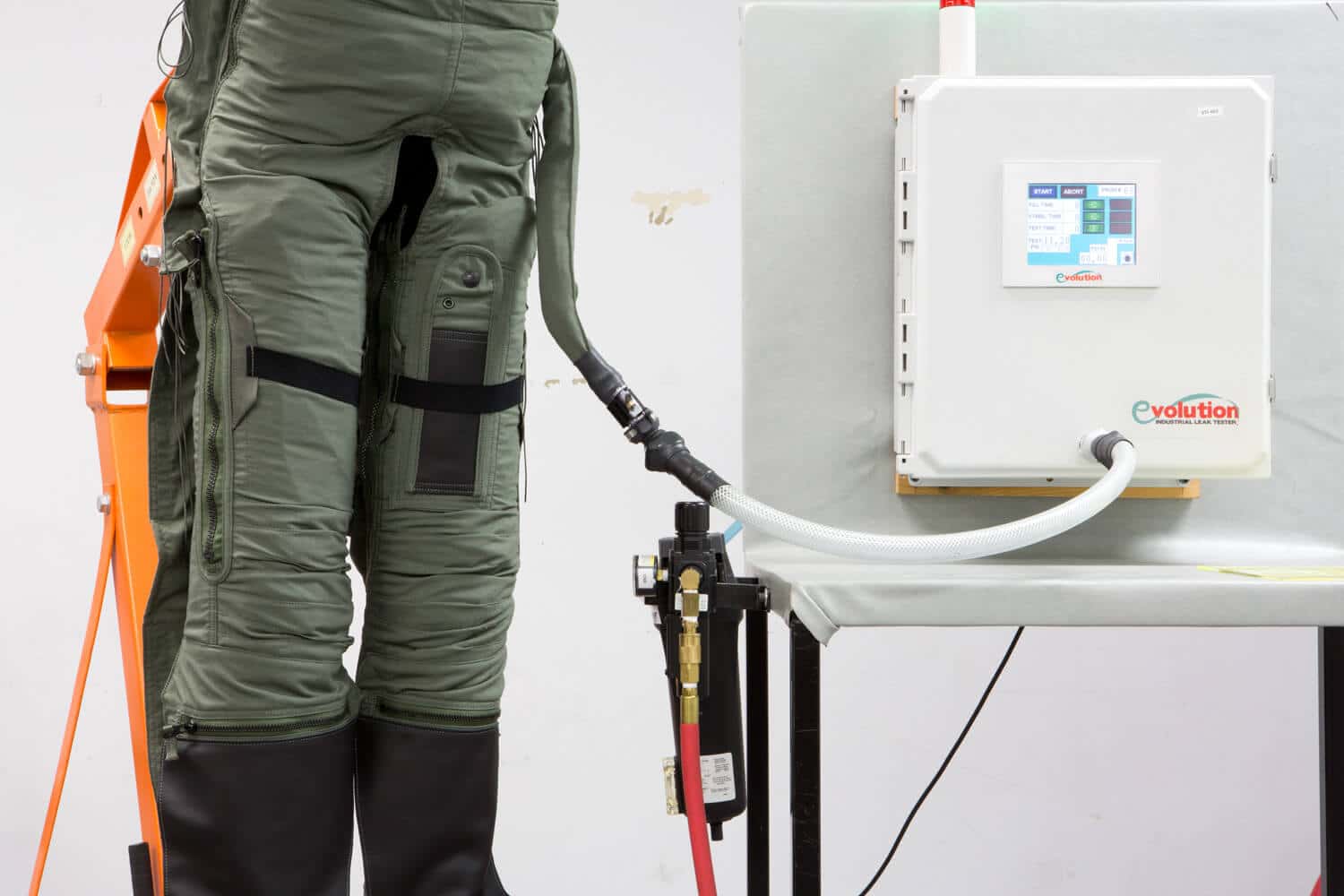Gravity Suit – What Is It and How Does It Work?

First, a bit of disambiguation regarding gravity suits: we’re not talking about the jet-powered flying suit by a company called Gravity Industries. That’s a whole different thing with almost nothing to do with the kind of gravity suit that a custom sewing contract company makes. If you’re looking for a way to fly like Iron Man, you’re in the wrong place.
Still with us? Let’s talk gravity suits, which are also called g-suits or, more accurately, anti-g suits. The first gravity suit was invented by Frank Cotton of the University of Sydney. Frank was a physiologist who wanted to solve a problem that had plagued pilots since human flight began but was specifically noted as a hindrance to Allied pilots during the Battle of Britain. Over 30% of Allied deaths at the famous air battle were due to accidents, and many of those accidents could be traced to adverse experiences with gravity and acceleration.
As flying vehicles got more and more powerful, they got faster, too. The fastest vehicle we know about is the SR-71 Blackbird, which routinely flies at 4 times the speed of a commercial airliner, clocking in at Mach 3.3. More speed means more g-forces, which means more trouble for a pilot who’s not adequately prepared. Up until Frank’s gravity suit, no pilot was prepared.
How G-Forces Work
Here’s a little experiment you can do at home: tie a string around a water bottle and swing it around. You’ll notice that the forces exerted on that bottle will push the water toward the outer edge of the bottle. The human body is also full of fluids, and the g-forces that a bottle goes through are similar to the forces that humans go through when flying.
When the human body experiences high acceleration, the force of gravity pushes the blood normally pumping freely through their bodies into their legs. This pooling of blood in places other than the pilot’s brain, where at least some of it belongs, would cause them to lose consciousness and crash their vehicles.
Where Do Gravity Suits And Contract Sewing Come In?
We often say that we sew everything except clothes, but the gravity suit and hazmat suit are two notable exceptions. A anti-G suit isn’t really a garment that somebody picks out because of how it looks or how it feels to wear. Nobody wears a g-suit, or a hazmat suit, or a DPE Suit, because of how it looks.
The value of a garment created with industrial contract sewing, like many products we make, is in the job it performs. The simplest type of gravity suit uses air bladders to squeeze the pilot’s legs to push blood back into the pilot’s head, where it belongs. With lives on the line, regular old textiles simply won’t do.
The type of sewing Vinyl Technology specializes in uses industrial sewing machines, RF welding, heat seals, and other high-tech methods of fastening two flexible pieces together to create the bonds that keep pilots alive, protect soldiers during the cleanup of hazardous waste disposal sites, and more.
Vinyl Technology specializes in many custom contract-sewn products, such as self-inflating mattresses, green cushions, or pneumatic black pillows.
For more information about what kinds of products we can sew for you, get in touch today.

